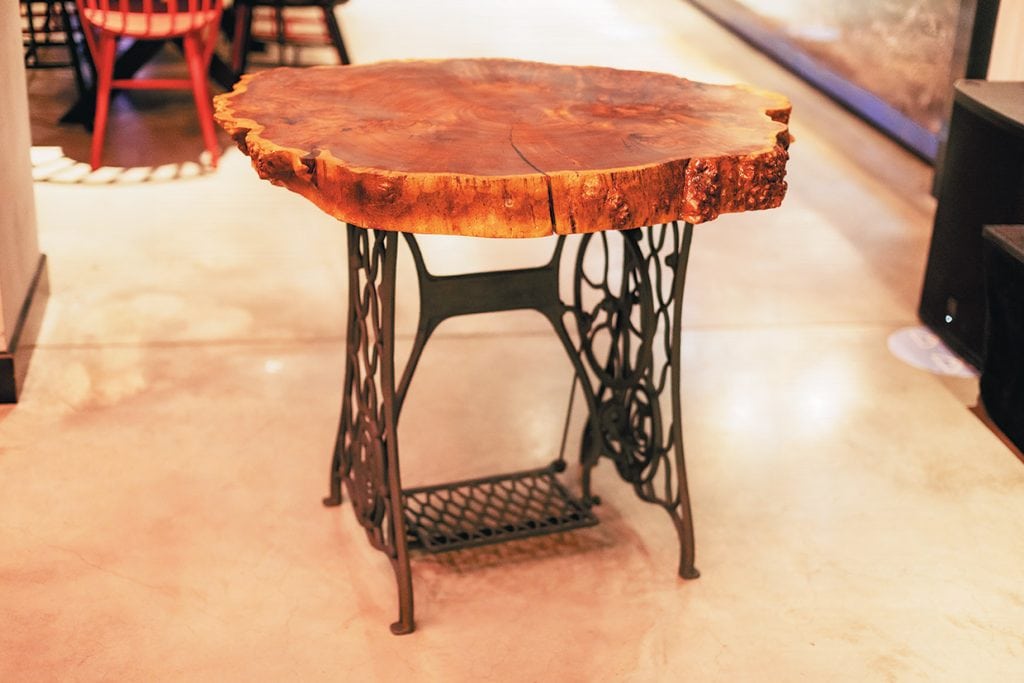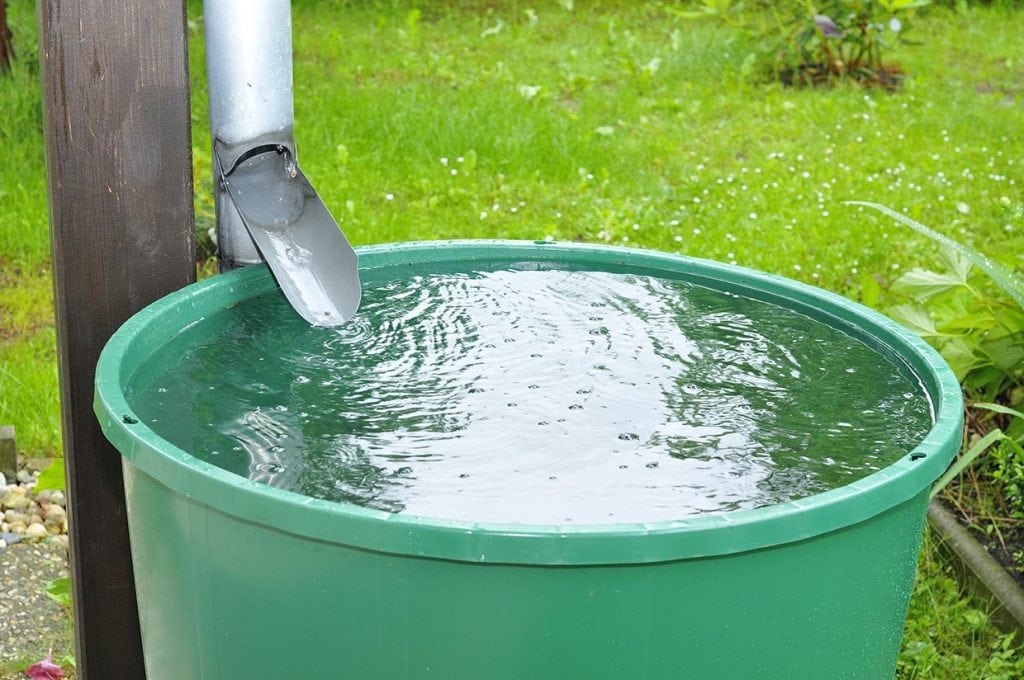Probably one of the most overused words these days is “sustainability” which, as we know, is largely due to the weight of the world’s climate change problem. So while a big chunk of the response falls squarely on the shoulders of industries, governments, and huge businesses, smaller groups and individuals also have an important role to play. One area within our control is the sustainability of our own homes. As responsible homeowners and citizens of the planet, we need to understand why it’s important and what steps we can actually take to build and maintain sustainable homes.
A sustainable house does not impact the planet negatively. This translates to energy efficiency, building using an environmentally-sound design plan, the use of local and recycled materials during construction, avoiding environmental toxins, and so on. It benefits not just the planet but also the homeowner and the home’s residents because sustainability means long-term savings and a positive physical and psychological impact on the inhabitants.
This does not cover everything, but here are a few tips on how to build a home (or upgrade your existing one) for sustainability—because a sustainable home should be a standard in this day and age.
1. Consider the principles of passive home design. This is all about building a home that is airtight and has thermal insulation, high-performance doors and windows, natural ventilation, and so on.
Orient your house based on the position of the sun in relation to doors and windows at certain times of the day. This will allow you to save on lighting and cooling costs in the long run. If the orientation of your existing home is not ideal, you can plant a tree where you need more shading or use sun shades or roof overhangs.
In general, compact or smaller homes are more energy efficient compared with wide designs. Smaller homes generally require less energy and fewer materials (less cost!) to construct.

2. Use local and recycled materials. If you have to source and import materials to construct your home, that’s not going to help the planet. It is better to buy wood, stones, furniture, etc. that are made in the Philippines or in your locality. It is also advisable to use recycled, reclaimed, and reused materials and furniture, as well as materials that don’t have VOCs or volatile organic compounds, like low-VOC paints and glue. Aside from that, recycle the waste materials collected during construction. A final word on this: durability. Your materials, building process, and construction techniques must contribute to the structure’s longevity. Obviously, it is not sustainable if the house would need constant repairs and high maintenance.

3. Conserve energy and water. It goes without saying that the appliances, gadgets, and equipment that will be used in the home should be energy efficient. AC units, water heaters, refrigerators, and even your computer monitors must be energy efficient. Use LED lights to keep energy consumption low and to reduce costs in the long term. As far as water consumption is concerned, there are new plumbing fixtures that one can use to save water, like dual flush toilets, low-flow faucets and shower heads, and so on. Aside from that, roof gutters and downspouts can be constructed such that rainwater can be collected in a tank. This can be used for flushing toilets, watering plants, cleaning the car and floors, etc.

4. Plant the right plants. Because if you don’t, then you will end up using more water and exerting more effort to maintain your garden. So how does one choose the right plants? Pick those that are known to thrive in the local climate. Grow your own food by having a vegetable and herb garden in your yard, or a window sill if that’s all the space you have. Use collected rainwater to nourish your plants and organic fertilizers from your kitchen waste—coffee grounds, crushed eggshells, tea leaves, and old spices are good examples. You can even try your hand at composting if you are so inclined.
5. Choose a good location. Sustainable living entails saving on gas and transportation expenses, which means one should build a home that is close to the workplace/school or is accessible via public transportation. Walking or biking to work and school is the ideal setup; this greatly reduces our carbon footprint since most of us go to work or school almost every day. Finally, don’t build a home in earthquake-prone, flood-prone, or any other high-risk areas. Otherwise, make sure your house can stand these hazards if and when they happen.

